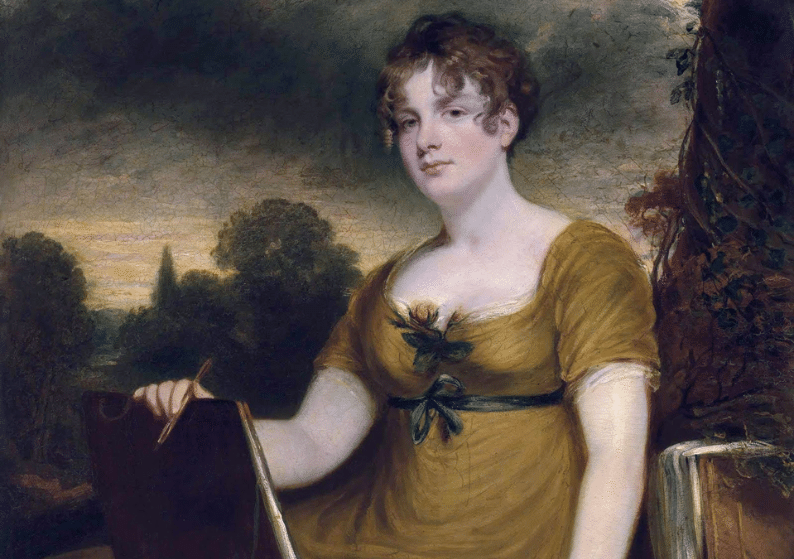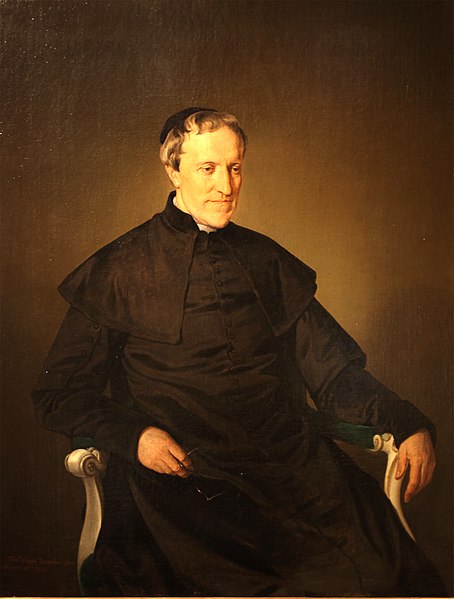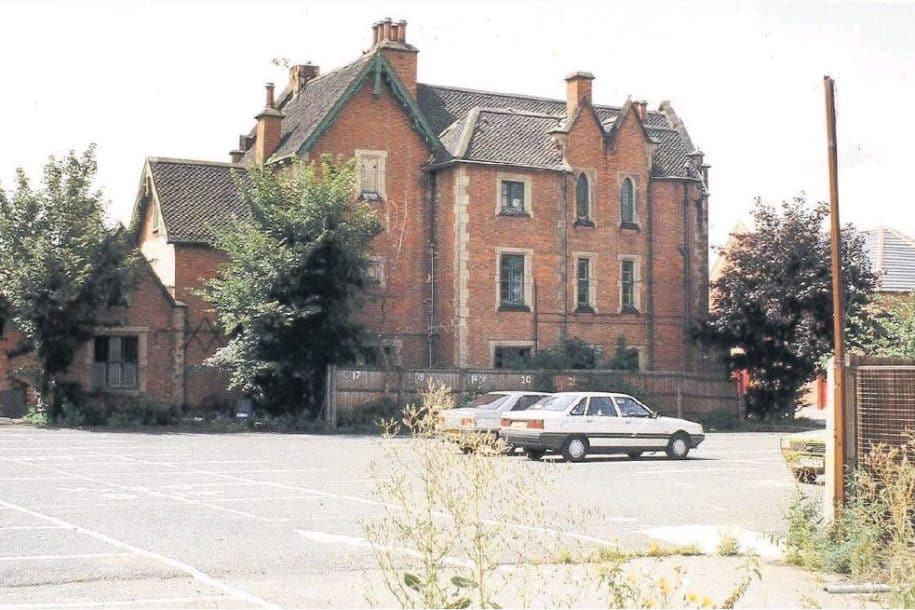Lady Mary and Loughborough Amherst School
Loughborough Amherst School, formerly Our Lady’s Convent School, was founded in the mid 19th Century thanks to two important women.
The first is Lady Mary Arundell. Born Lady Mary Anne Nugent-Temple Grenville (1787-1845), Mary was the daughter of the 1st Marquess of Buckingham and Mary Nugent, daughter of the Irish Viscount Clare. We can understand a fair bit about the life of Lady Mary Arundell from the letters of her friend Henrietta Crewe, which are held in the Borthwick Archive at the University of York.
The portrait below is of Lady Mary by John Hoppner.

Although her father was Protestant, it is said by a Catholic Priest that Mary was introduced to the Catholic faith by her Irish mother. She formally converted to Roman Catholicism in 1810 and in 1811 married Catholic James Arundell, then heir to the 9th Baron of Wardour. Mary and her husband travelled widely and in the 1830s in Italy were introduced to Rosmini and his Institute of Charity. The Charity focused particularly on pastoral and spiritual care, education and care for the sick, poor, and marginalised, which greatly inspired and appealed to Lady Arundell.
In 1834, Lady Mary became a widow at the age of 47 when her husband died unexpectedly. She returned to England and at some point over the next few years, moved to Prior Park, in Bath, a Roman Catholic college established by Bishop Peter Augustine Baines in 1828. There she also found the influence of Rosmini, who sent members of his Institute to teach there. Despite her life in Bath being busy and enjoyable according to the letters of her friend Henrietta Crewe, Lady Mary had long hopes of founding a convent for the Rosminian Sisters of Providence in England and perhaps joining it herself. Her plan was to establish the convent near Bath, where the sisters could also run a school for poor girls.

Francesco Hayez, Ritratto di Antonio Rosmini (1853)
In 1842, Rosmini had withdrawn all Rosminian brethren from Prior Park and decided to establish a new foundation in Leicestershire. Lady Mary abandoned Bath and turned her attention to Loughborough as the new centre of Rosminian work in England. In 1843, Lady Mary moved to Loughborough into Paget’s House on Woodgate. The house has space for 6-8 Sisters, Lady Mary’s own apartment and a room used as a chapel for daily mass. The picture below shows Paget house, later called Tudor Mansions on Woodgate before it was knocked down in the 1990s. The first two sisters, Sister Maria Francesca Parea and Sister Maria Anastasia Samonini, arrived from Italy in mid-October 1843 to join Lady Mary. The convent took on their first two English postulants, a widow and a young girl, who took the habit in 1844.
Lady Mary established a school within this house, adapting the stables and coach house into classrooms. Lessons were given by Mrs Moon and some by Lady Mary herself. The nuns then formally took charge of the school in March 1844, becoming the first religious sisters to run a Catholic day school in England in the 19th century. From then, the school and convent continued to grow and thrive and not long after, a convent was established at Gray street, and the school moved there also. Despite establishing the convent and school, Lady Mary unfortunately didn’t live long enough to see its further development and move to Gray Street as she died in 1845. Lady Mary left money to continue her work in Loughborough and instructions to be buried at nearby Ratcliffe College
1845 saw the arrival of our second significant woman for LAS, Mary Amherst (Sister Mary Agnes) (1824-1860). Mary was the daughter of William Kerril Amherst from Essex and Mary Louisa Turville-Fortescue of Bosworth Hall, Leicestershire. The family hailed from recusant families, with several of her siblings joining the church including her brother Francis who later became Roman Catholic Bishop of Nottingham. In the late 1830s, the Amherst family moved to Fieldgate House in Kenilworth, where in 1840, they commissioned renowned architect Augustus Pugin to build St Augustine’s Church so they could have a place of Catholic worship within the community. Mary became engaged to Pugin in 1844, after the death of his first wife, however the engagement was broken off when Mary entered the Order of Rosminian Sisters of Providence in 1845. In 1854, she became the first Superior in England of the Order. It is believed that Mary Amherst gave her dowry to the school, allowing them to establish Our Lady’s Convent School which formally opened in 1850. Today, the work of Lady Mary Arundel and the Sisters lives on as Loughborough Amherst School.

